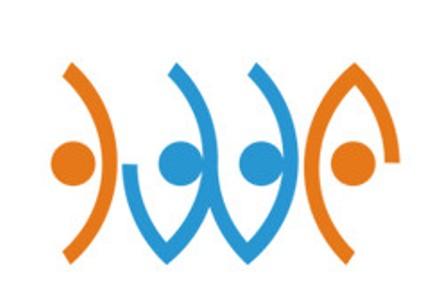KABUL’s defence and security sector leaves the door open to waste and impunity, endangering troops and citizens, an international watchdog said on Thursday.
A new study by the UK-based Transparency International (TI) measures how governments prevent and counter corruption in the defence sector. The Government Defence Anti-Corruption Index analyses what 82 countries do to reduce graft risk.
The countries accounted for 94 percent ($1.6 trillion) of the global military expenditure in 2011. Countries are scored in bands from very low risk (A) to critical risk (F) according to detailed assessment across 77 indicators that cover five prominent risk areas: politics, finance, personnel, operations and procurement.
Mark Pyman, director of TI, told a press conference in Kabul: “Corruption in Afghan defence has devastating effects in the context of transition. It erodes the confidence of the citizens and political circles about the ability of the Afghan forces to ensure future security.”
Afghanistan was placed in Band E, which reflects very high risk of corruption in defence and security. The defence sector was found to have several serious problems, including widespread petty bribery, corruption in recruitment and promotions and lack of transparency.
“As responsibility for defence purchases spending shifts from the ISAF coalition to the Ministry of Defence, Afghan MoD spending will increase hugely; this will put much greater stress on their procurement system, with many more corruption opportunities,” remarked Pyman.
The organisation urged the government of President Hamid Karzai to prioritise integrity and anti-corruption reforms in defence, security and police. Waste in Afghan defence could potentially take away the resources from development and poverty reduction programmes, warned Yama Turabi, executive director of Integrity Watch Afghanistan.
Yet there were several positive features of the Afghan defence sector, such as the establishment of a Military Anti-Corruption Unit inside the Ministry of Defence, which has the remit of rooting out corruption in the sector, and the willingness of Defence Ministry and military leaders to analyse and follow up their corruption risks.
Oliver Cover, principal author of the report, said: “Whilst Afghanistan is performing very poorly in general corruption indices, the Afghan Defence Ministry and military are performing better than the government as a whole and certainly much better than the nine nations who scored in band F.”
Band F includes Algeria, Angola, Cameroon, Democratic Republic of Congo, Egypt, Eritrea, Libya, Syria and Yemen. The index is to be repeated in two years to measure and track possible improvement.
The Index bands countries according to their level of risk of corruption. The risk of corruption is determined by the danger and extent of it occurring and by the frequency citizens may face it.
BAND A – Very Low Risk (2 COUNTRIES): Australia, Germany.
BAND B – Low Risk (7 COUNTRIES): Austria, Norway, South Korea, Sweden, Taiwan, the United Kingdom and the United States.
BAND C – Moderate Risk (16 COUNTRIES): Argentina, Brazil, Bulgaria, Chile, Colombia, Croatia, Czech Republic, France, Greece, Hungary, Italy, Japan, Latvia, Poland, Slovakia and Spain.
BAND D+ – High Risk (15 COUNTRIES): Bosnia and Herzegovina, Cyprus, India, Israel, Kenya, Kuwait, Lebanon, Mexico, Nepal, Serbia, Singapore, South Africa, Thailand, Ukraine and the UAE.
BAND D- – High Risk (15 COUNTRIES) Bangladesh, Belarus, China, Ethiopia, Georgia, Ghana, Jordan, Kazakhstan, Malaysia, Pakistan, Palestine, Russia, Rwanda, Tanzania and Turkey.
BAND E – Very High Risk (18 COUNTRIES): Afghanistan, Bahrain, Cote d’Ivoire, Indonesia, Iran, Iraq, Morocco, Nigeria, Oman, Philippines, Qatar, Saudi Arabia, Sri Lanka, Tunisia, Uganda, Uzbekistan, Venezuela and Zimbabwe
BAND F – Critical Risk (9 COUNTRIES): Algeria, Angola, Cameroon, DRC, Egypt, Eritrea, Libya, Syria and Yemen.
mud
Visits: 5









GET IN TOUCH
NEWSLETTER
SUGGEST A STORY
PAJHWOK MOBILE APP